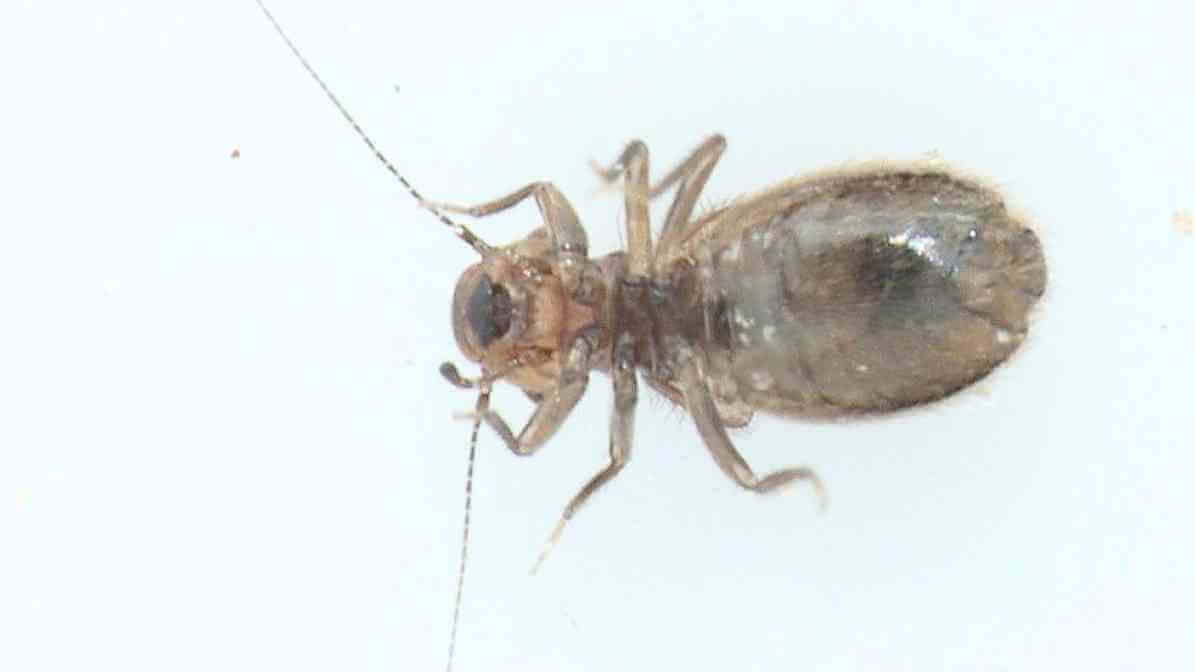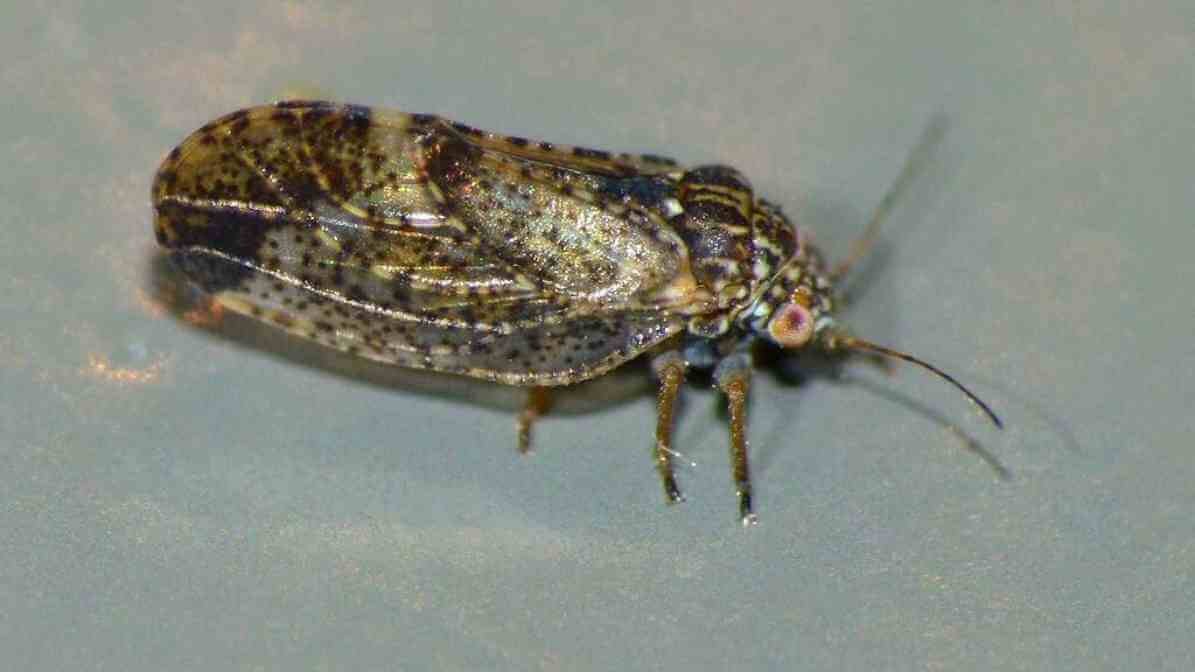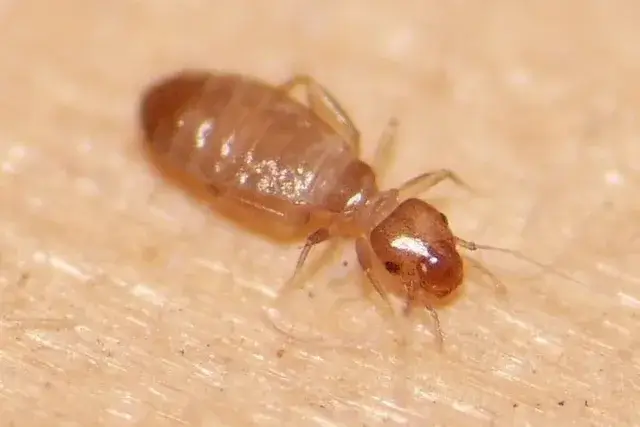Get in Touch With Us
While booklice may pose challenges in food storage and establishing infestations in homes. Effective pest control strategies can minimise their impact
Overview of Their Species and Impact in Malaysia
Guide To Booklice in
Malaysia
Booklice belongs to the order Psocodea, are small, wingless insects commonly in homes and commercial businesses. These insects thrive in areas where organic matter is present with hot and humid condition. Making them a frequent sight in paper products, books, and food storage spaces. While they are often mistaken for other pests, their unique characteristics and behaviours make them interesting subjects of study.
In Malaysia, with its tropical climate and prevalence of organic materials. Their presence is notable, raising concerns for both ecological balance and pest management practices.
URGENT RESPONSE
Their Physical Appearance, Life Cycle and Reproductive Habits
Biology and Behaviour of Booklice
They are generally small, measuring about 1 to 3 mm in length, with a soft-bodied appearance. They are typically light brown or grey, but coloration may vary among different species. Their bodies are elongated and flatten allowing them to navigate through tight spaces. Particularly the seams of books and containers.
Adult possess large, compound eyes and long antennae, which aid in their sensory perception. Their life cycle consists of three main stages: egg, nymph, and adult.
Egg
Female can lay dozens of eggs, usually in clusters or individually on suitable surfaces. These eggs are typically translucent and hard to detect.
Nymph
After a few days, the eggs hatch into nymphs, which resemble miniature adults but lack fully developed wings. Nymphs molt several times before maturing into adults. A process that can take from a few weeks to several months, depending on environmental conditions.
Adult
The lifespan can vary, under optimal conditions, they might live for several months, continuing to reproduce throughout their life.
Primary Food Sources Habits
Feeding Habits of Booklice in Malaysia
Booklice are primarily saprophagous, feeding on mould, fungi, and organic debris. They are particularly fond of starchy materials. Which often leads them to inhabit food items, books, and other organic materials. In Malaysia, their feeding habits can significantly impact food storage conditions.
Especially in humid environments where mould and other organic growth are prevalent. Booklice tend to thrive in damp locations, making them common in places like:
- Underneath sinks
- In damp basements
- In pantry areas with high moisture
Contribution to the Environment
Ecological Role
The ecological significance of booklice cannot be underestimated. As natural decomposers, they play a crucial role in breaking down organic matter, including detritus and decaying plants. By doing so, booklice helps recycle nutrients back into the soil, contributing to the overall health of ecosystems.
Decomposing Organic Matter
They assist in the decomposition process, facilitating nutrient cycling in soils.
Supporting Food Webs
As a food source for various predators, including spiders and small insects, booklice contribute to maintaining biodiversity within ecosystems.
Contact Professional Help for Booklice Control Services
Challenges of Booklice as Pests
While they contribute positively to the ecosystem, booklice can become problematic pests, especially in food storage areas and libraries. Their presence is an indicator of excessive moisture and decay, which can compromise food safety and damage valuable materials. In particular, infestations can lead to:
- Food Contamination: They can infest stored food, leading to spoilage and potential health risks.
- Damage to Books and Papers: They feed on the paper in books, which can lead to significant damage if not managed promptly.
Preventive Measures and Treatment Options
Innovative Pest Control Strategies
Managing booklice infestations involves a combination of preventive measures and treatment options:
Reduce Humidity
Since booklice thrive in humid conditions, maintaining low humidity levels (below 50%) in your home can deter their presence. Use dehumidifiers in damp areas, and ensure proper ventilation.
Regular Cleaning
Frequent cleaning, particularly in food storage areas, can help eliminate organic debris that may attract booklice. Make it a habit to regularly inspect and clean pantry shelves and kitchen cabinets.
Seal Food Containers
Store food in airtight containers to prevent booklice from accessing potential food sources. Kitchen and panties are areas where these pest thrives.
Insecticides
If infestations occur, insecticides may be effective. However, caution must be practice when using chemicals, especially in food areas. Innovative pest control specialist applies it carefully.
Natural Remedies
Consider using diatomaceous earth, a non-toxic powder that can be sprinkle in the areas. This method desiccates the insects, effectively reducing their populations without chemical treatments.
Types of Booklice Commonly Found in Malaysia
Booklice Species in Malaysia
In Malaysian climates, where humidity is often high, the conditions favour the thriving populations. They can severely affect items stored in humid areas, particularly paper products. Awareness of their presence and behaviours is vital for effective management and mitigation of infestations.
Several species of booklice are observe, influence by the country's warm and humid tropical climate. Notable species include:

Lepinotus Patruelis
This species is commonly in homes and famous for its ability to thrive in damp environments. Lepinotus patruelis prefers feeding on mould and decomposing organic matter. Making it a frequent sight in outdated books and food storage areas.

Psylla
While not traditionally classify as booklice, psyllids are small insects. Sometimes be confuse with true booklice for their similarity in size and habitat preferences. In Malaysia, these insects are also involve in the decomposition of organic materials.

Atrocalandria
This genus includes additional species of booklice that are adapted to the humid tropical conditions found in Malaysia. These booklice tend to feed on mould and fungi, contributing to their ecological importance.
Contact Us
We love to talk pest. From guiding you on the identification of the pest to solving your pest problems. No job is too small or too big for us. Call us today for more info.

